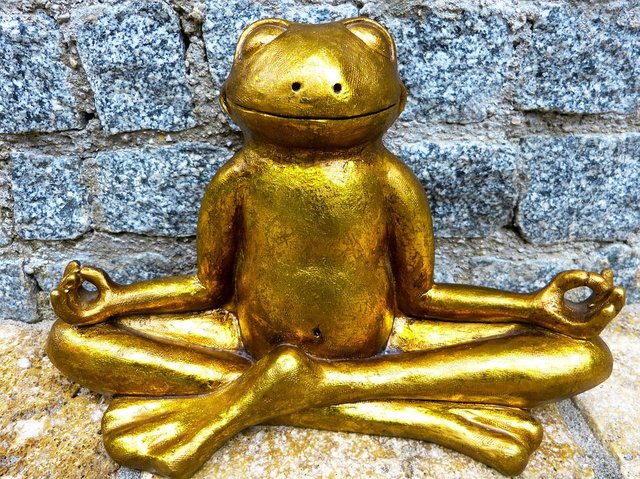
Ah, what a wise frog, to meditate and center itself! ;)
This article is by no means exhaustive. I encourage you to use this as a springboard into the various practices of meditation!
What Is Meditation?
I think that a lot of people imagine something like this when they think about meditation.
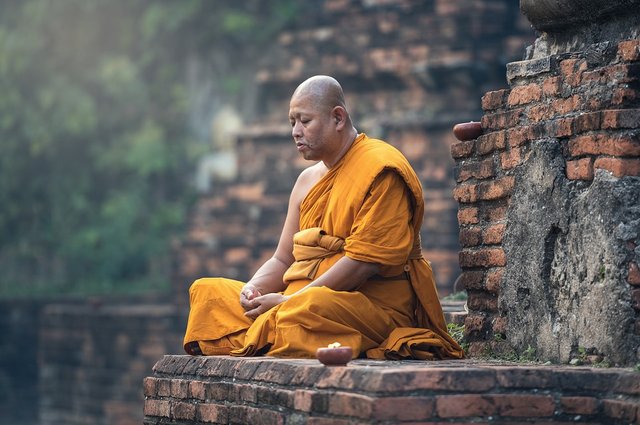
You may say that you cannot sit on stone like that, in the full lotus position. Neither can I, nor is it necessary for beginners to start with such a harsh base. In fact, I highly recommend avoiding things that make you very uncomfortable, unless you've mastered meditation and want to be able to use it under even very adverse conditions. Novices need not worry about this, however. Start in a position that is comfortable for you, but not so comfortable that you'll fall asleep right away (although this may happen anyways).
Not many people at all, even experienced meditators, would think of this:
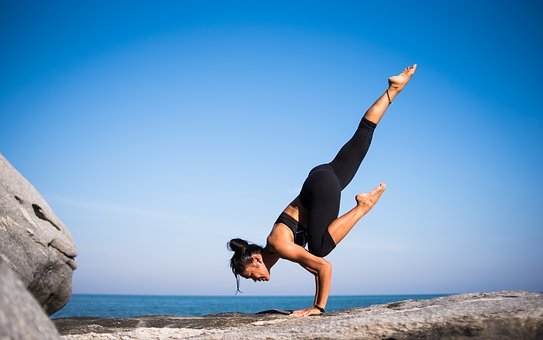
The basic concept of meditation is to focus on something to the exclusion of all else, so that your mind ceases thinking of all else - both logic and emotions. You've probably heard of transcendental meditation (TM) and yoga, but there are lots of choices. Sadly, we are taught to think but most people are not taught that constant thinking isn't necessary, and can even be bad for you. In recent years, mindfulness has been taught in some schools, so that children can calm themselves and recognize that it is ok NOT to think at times. Another way to look at mindfulness is that it helps us to be present in the current moment, rather than obsessing about past and future. Anyone can meditate - even a child!
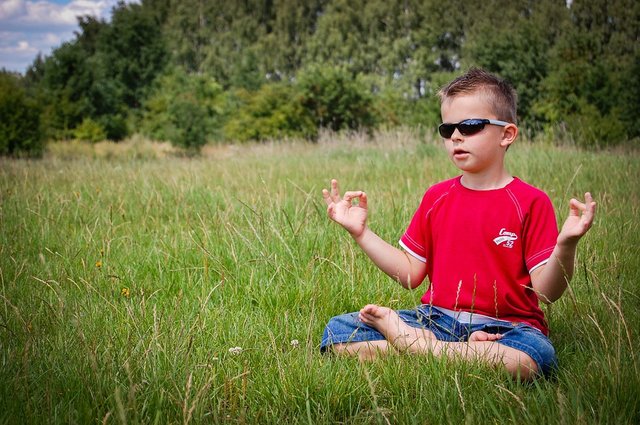
As was made famous in Kung Fu Panda:
"The past is history,
the future is a mystery.
Now is a gift - that's why it's called the present."
This lovely quote attempts to remind us that there's nothing so important as the present moment. That the past is history should tell us that we can learn from it (self-improvement). The future can be planned for but you don't have full control over all its vagaries.
Why Should I Meditate?
It teaches discipline of the mind and some forms also teach discipline of the body. Meditation teaches you to focus your mind, which can be good for people who have ADD, ADHD, hypertension, autism, anxiety, depression and a wide range of other physical and mental maladies. It allows you to improve your emotional mastery, and can lead to remaining calm during many stressful situations, even emergencies - which might save lives! If you find that your emotions often get out of control, that you have phobias, that you over-react to certain things, have emotional outburts that are triggered by certain things, or other people emotionally manipulate you, meditation can help!
Meditation has been shown to improve physical and mental health. In pilot programs in prisons, it has reduced aggressive behavior and bad attitudes. There are other benefits, as well! Some improve flexibility, and some can be used for self-defense. Some techniques can be used to help you defeat onset insomnia, as I did.
Some people even believe that meditation can be used to bring you closer to God.
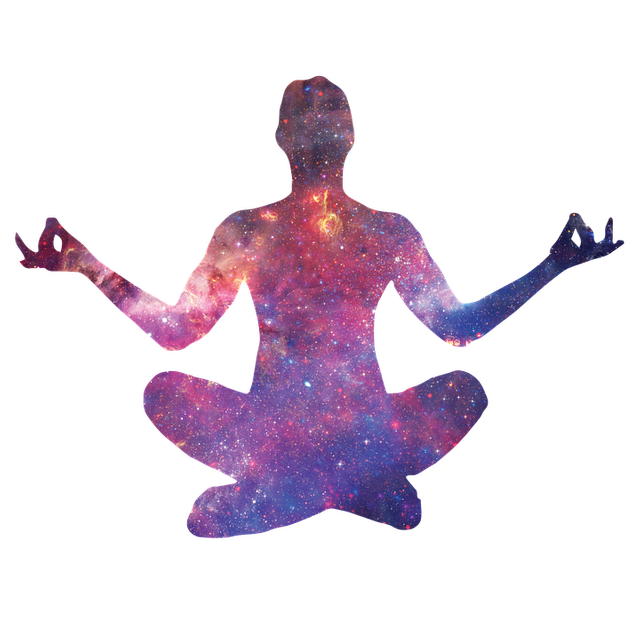
When and Where May I Meditate?
As a beginner, I suggest a quiet place away from distractions, although this is not possible with all techniques and depends on you. If you are already good at ignoring things, you may already be able ready to do it in public places. If, however, you find yourself easily distracted by sights, smells and sounds, you should definitely start out when and where you feel comfortable, calm and focused. You may use a blindfold over your eyes, although closing your eyes is sufficient, or even turn off the lights. If sound is a problem, use earplugs . Make sure that whoever lives with you knows that it is your quiet time, and you're not to be disturbed. Turn off your phone! With some techniques, you'll be part of a group of people all doing the same thing together, learning and mastering together, such as martial arts and yoga, thus you won't be able to avoid some of the distractions unless you can find a video or computer program to learn from at home.
Am I Allowed to Meditate?
Most people are, although you may want to talk to your doctor, therapist, counselor, psychologist or psychiatrist about it. Certain sects of certain religions forbid meditation because they feel it is specific to another religion but, in point of fact, meditation in one form or another is used by virtually all religions, and also outside of the precepts of religion. It is not limited to religion, and it is ignorance that causes the declaration of such prohibitions. If your religion proscribes meditation, you'll have to discuss it with the guidance your religion's teacher and try to find a form that carries no religious symbolism.
Tips
Meditation comes in numerous forms.
- The style you tried may not have been appropriate for the way your brain and body work.
- Benefiting from meditation takes regular practice over a period of days, weeks or months. For some people, it may take even longer. Don't give up but keep in mind that you may have chosen the wrong method.
- If a technique is frustrating (which you should expect as you learn it) or even boring, that's because you haven't mastered it.
- If it is distracting, you should try something else.
- I suggest starting with something simpler and easier and then advancing to other techniques after you achieve mastery of the basics.
- Meditate often and use a schedule - habits are formed through repetition. For example, meditate when you wake up, once before lunch, and at bedtime.
- See my notes below about the senses.
- If you find that your attention has wandered away from your focus, don't chide yourself or get upset. Simply return your focus to your meditation and continue...Again and again. ;) It's ok!
Focal Points & Methods
- praying is an ancient form of meditation, and can help if you do it correctly
- breathing: the Chinese call this Chi Kung/Xi Gong, but it is essentially abdominal breathing
- chewing, eating and/or drinking
- candle flame

- chanting and singing
- a spot or a small object that catches the attention
- a tone, sound or music: there are programs that even create "binaural" beats, with sounds layered on the beat, as well as pre-made ones, although I would caution you to be careful of the source. Some people prefer the tinkling of bells, waves washing up and down a shore, a waterfall, or wind. I personally prefer simple noises that are predictable so that they do not distract but do blot out other background noises.
- movement: T'ai Chi, Yoga, Ba Gua, Shing Yi, walking, etc.
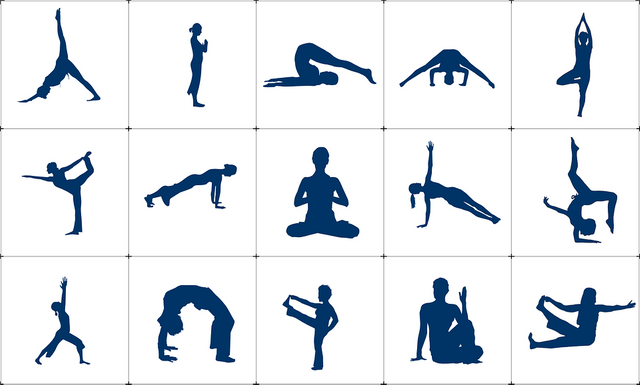
- an image or video: spiral, labyrinth (or even walking a labyrinth to meditate!) not a maze(!), mandala, optical illusion, clouds, water washing across sand, water sliding over rocks in a creek, etc.

- an activity that demands great focus: painting, writing, calligraphy, balancing stones, origami, painting, tending a zen garden, archery, martial arts, etc.
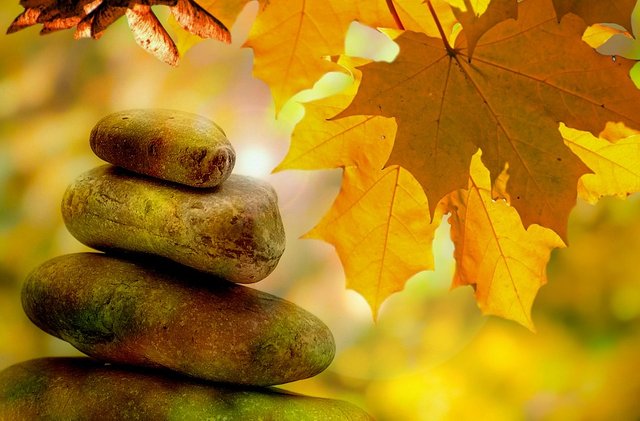
And more - it is even possible to meditate while doing everything, although it is not practical for everyone.
Can I Use Hypnotism?
Hypnotism can be used to achieve the same state, although it can also leave you open to manipulation by others if you have someone else hypnotize you. It is best to use self-hypnosis, making use of relaxation and visual imagery techniques, for example.
Is There Such a Thing as Focusless Meditation?
Yes. There is a no-focus meditation wherein you attempt to cease mental activity. This one is a bit more difficult.
How to Choose Based on Your Strengths
One important consideration in choosing the meditation you want to try is to choose one that matches your dominant senses. Here are some possibilities. Note that some can be used for more than one sense. Please also note that if you've got a hypersensitive sense, you may find it MORE difficult to meditate if you use it because it may distract you too much.
- Visual: you may want to use a labyrinth or other image.
- Auditory (listening): chanting, music, background noise, etc.
- Kinesthetic (action): walk a labyrinth or just walk, T'ai Chi, Ba Gua, Shing Yi, Yoga, etc.
- Tactile (touch): fidget spinner, meditation balls, rotating a pencil around your thumb, spinning, etc.
- Balance: spinning, balance beam, tight rope, T'ai Chi, Yoga, etc.
- Imagination: If you're very imaginative, you may want to try abdominal breathing, visual imagery, TM or another form that turns your attention inward and turns off your senses.
These are just some of the things to consider - you may identify other strengths that will help you.
Meditative Words in Images
The following images encompass, with words, the point of meditation, to be mentally present NOW. It is taught in schools as mindfulness.
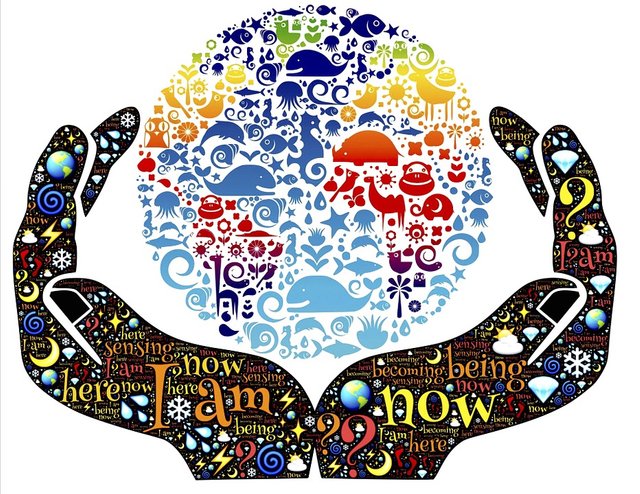
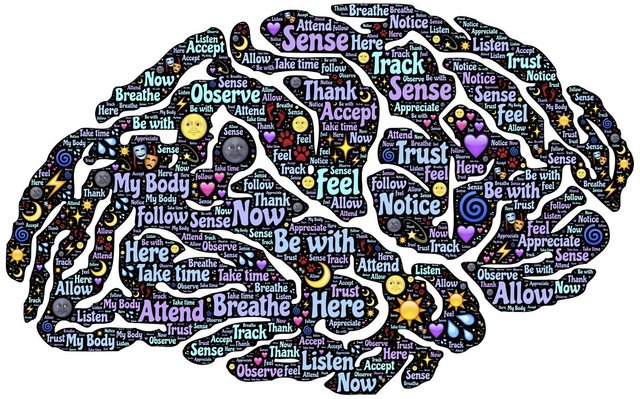
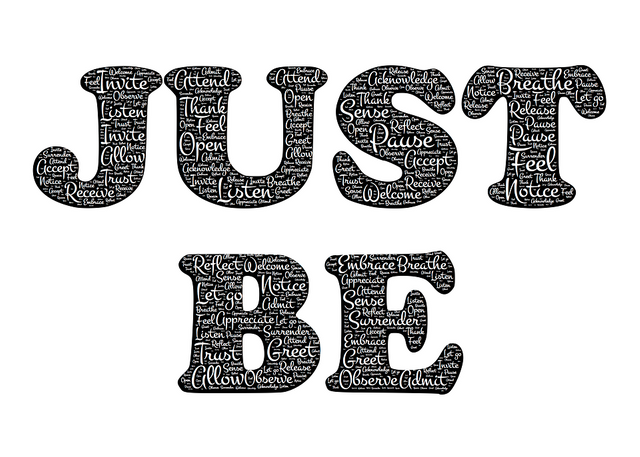
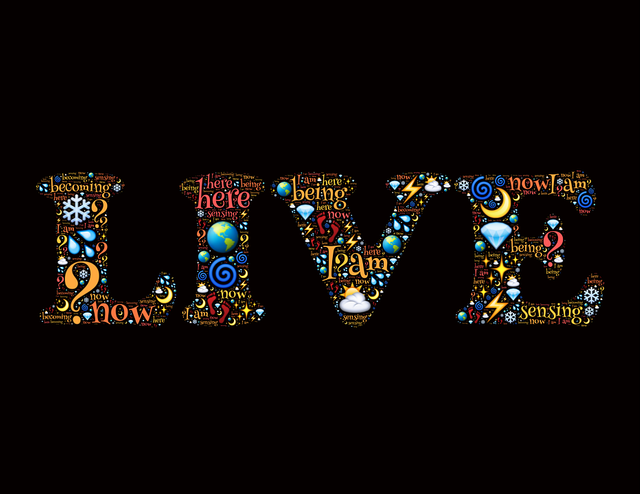
If you appreciate this article, please upvote/like , resteem/share
, resteem/share and share it to Facebook
and share it to Facebook , Twitter
, Twitter , Reddit
, Reddit , LinkedIn
, LinkedIn and wherever else
and wherever else you can!
you can!
Downvoting a post can decrease pending rewards and make it less visible. Common reasons:
Submit
You're welcome!
Downvoting a post can decrease pending rewards and make it less visible. Common reasons:
Submit
Thank you for such a detailed and resourceful report; I rarely find myself fully immersed in most of the stuff I come across and instead skim through documents - scanning for the salient points - but this post ticks all the boxes.
Interesting
Informative
Improving/Inspiring
Intelligent
Well-written
I am going to 'follow' you.
Downvoting a post can decrease pending rewards and make it less visible. Common reasons:
Submit
Wow, thank you for the high compliments! I hope it'll be worth your time to follow me. What article topics do you seek?
Downvoting a post can decrease pending rewards and make it less visible. Common reasons:
Submit